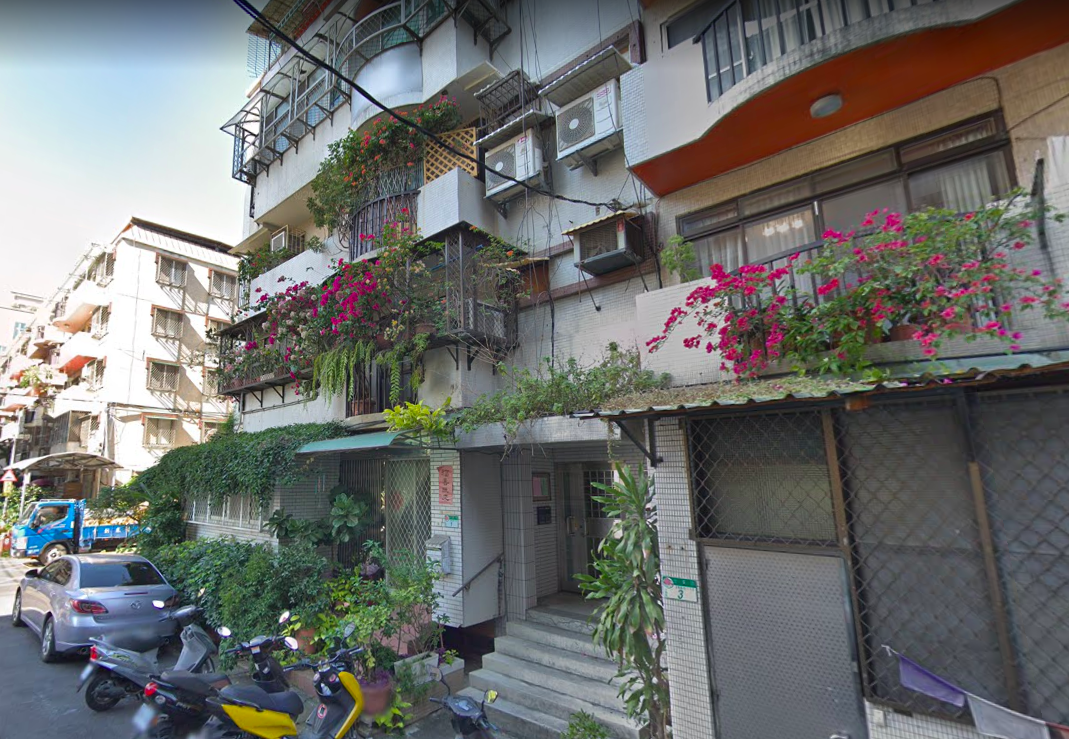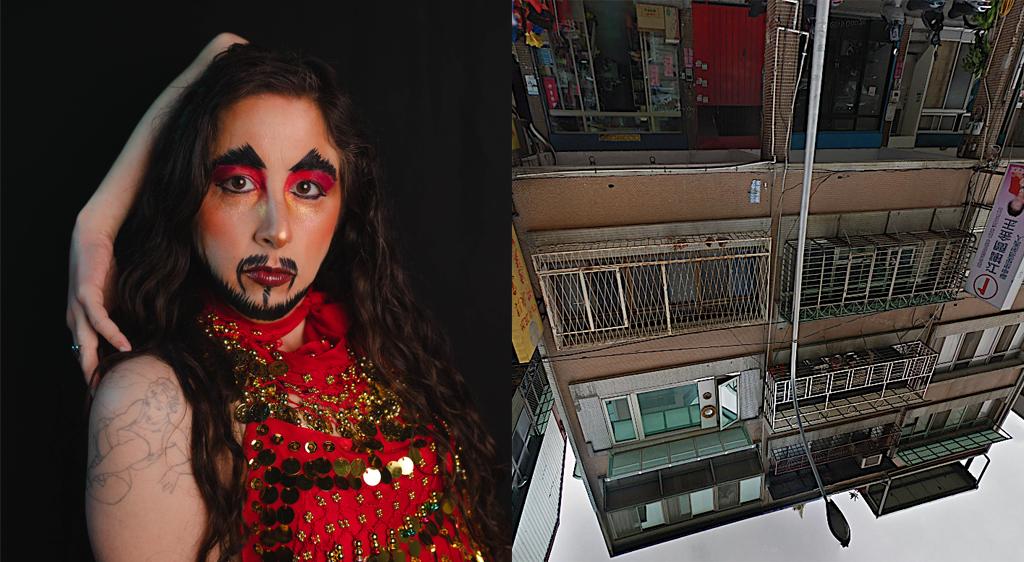On October 15, 2009 a group of Bay Area artists, arts administrators and audience members met at CounterPULSE for the Dance Discourse Project 7: Dancing Diaspora. Co-presented by World Arts West/ San Francisco Ethnic Dance Festival and Dancers’ Group the event was a part of the Fall 2009 season of Performing Diaspora. Learn more about Performing Diaspora at www.counterpulse.org/performing-diaspora/
At the exciting event participants were broken up into small groups where they discussed a variety of pertinent issues concerning traditional arts, innovation and identity. Below is my account of the discussions led by Jorge Rodolfo De Hoyos and Tyese Wortham about “Tradition, Innovation, and Preservation.”
This group got down-and-dirty with semantics: What IS tradition? And in what ways does it assume a point of departure? What is innovation? Is the resonance of that word negative, or positive? Is it the role of an artist or the role of a historian to preserve dances?
In three “lightening rounds,” this group discussed the meaning of those three words, and the ways they’ve been interpreted by artists working in a movement-based medium. As the scribe, I collected our thoughts and shared them with you all here – if only I could re-create the excitement we all brought to the table!
***
What do you feel compelled to pass along to the next generation? San Francisco is pushing for innovation and technology. EVERYONE’S including video, multimedia, and because the dance community is really redirecting the path various movement-based mediums, it begs the question of how we should preserve more traditional mediums. If you’re an artist making a new work based on “traditional,” unchanging aesthetics, how do you keep your work from being static? Is preservation all about creating and maintaining “museum pieces?”
Innovation in dance vocabularies and performances is, itself, a form of preservation. Regardless of the medium, the “tradition” is ALWAYS changing. To innovate a form — and to make it relevant in a contemporary cultural context — is to preserve it.
One of our facilitators, Jorge, gave an excellent example from his own experience with Mexican dance and its representation of a very theatrical, glorified past that no longer exists. As a group, we looked to the fact that when we consider a certain “tradition,” we’re usually pinpointing a very specific moment in that culture’s history. Occasionally, as artists and audience members, we’re entrenched in the nostalgia of tradition.
Tradition also implies a certain degree of “authenticity” in the movement – if we’re watching a Mexican folkloric performance, an arguably more “traditional” company might not incorporate Europeanized ballet movement into the piece. To go back to a culture’s “roots,” or, in other words, to be reactionary in your artistic path is still a form of innovation, particularly if it’s work presented by a culture that has experienced colonization.
We also considered how we place “fusion” dance on the spectrum of tradition? San Francisco is home to such a diversity of cultures and cultural traditions, that it’s practically inevitable for dance forms to overlap and inform one another. Dancers tend to like fusion classes because the new combination of techniques is challenging, and dance presents a way to explore their curiosity about world cultures. But is the movement vocabulary, for example, in a “tribal fusion” class an affront to each dance style’s authenticity? If it’s considered a whole new form, experienced by a whole new cultural community, is that harmful to the tradition?
If you’re an artist, the urge to innovate and to change seems natural in some way, but we considered the way that an artist’s tendency to innovate also assumes a sort of cultural privilege. If you were to grow up IN a dance-based tradition, as an artist you may have a stronger motivation to preserve it. We also considered cultural loss as artistic motivation for preservation – one participant brought up the African American experience as a possible example of how an artist might use preservation as an effort to reclaim a lost cultural identity.
Why do we practice “traditional” movement? As a group, we believed that dance provides a direct connection to the representative culture. In America, most of us are always looking for the most “authentic” experience, the truest example of a culture’s context. Somehow, we believe that we’ll never find it here, within our own borders, because our experience is always diluted by the fact of diaspora. Ultimately, our group rejected the need for constantly seeking out the best-researched tradition, the most carefully considered innovation. We look to the motivation of the artists and their carefully-cultivated work.
Share This!
More Good Stuff
‘Border / Line خط التماس’ by Jess Semaan and Halim Madi & ‘Sa Ating Ninuno (To Our Ancestors)’ by Kim Requesto December 5-6 & 12-13,
Unsettled/Soiled Group is a group of East, Southeast, and South Asian diasporic movers, makers, and settlers on Ramaytush and Chochenyo Ohlone land. Unsettled/Soiled Group is led by June Yuen Ting, one of CounterPulse's 2022 ARC Performing Diaspora artists and will debut Dwelling for Unsettling alongside VERA!'s Try, Hye!, Thursday through Saturday, December 8-10 & 15-17, 2022
Try, Hye! by Vera Hannush/VERA! & Dwelling for Unsettling by Unsettled/Soiled Group December 8-10 & 15-17, 2022 // 8PM PT // 80 Turk St, SF




Thanks for the synopsis Sarah! I would like to add that FIRSTLY, it’s about respect and being mindful of a people’s culture as it is connected to the person and human spirit which is personal. The art is only one aspect of a people’s culture but wholly integrated into daily life; something that we Americans do not experience on a daily basis.
This article raises many interesting points. Artists are generate that which may be called ‘tradition’ later on down the line. Because of this it is important to do what feels right, and respond to internal and external impulses with a personal authenticity, and perhaps not worry about what box it fits into.
Americans are often seeking ‘culture’, yet ironically, their ‘culture’ has been most effectively spread across other nations. Perhaps we need to broaden our understanding of culture and art, and incorporate the way that we go shopping, or how we wear a scarf, or say hello.